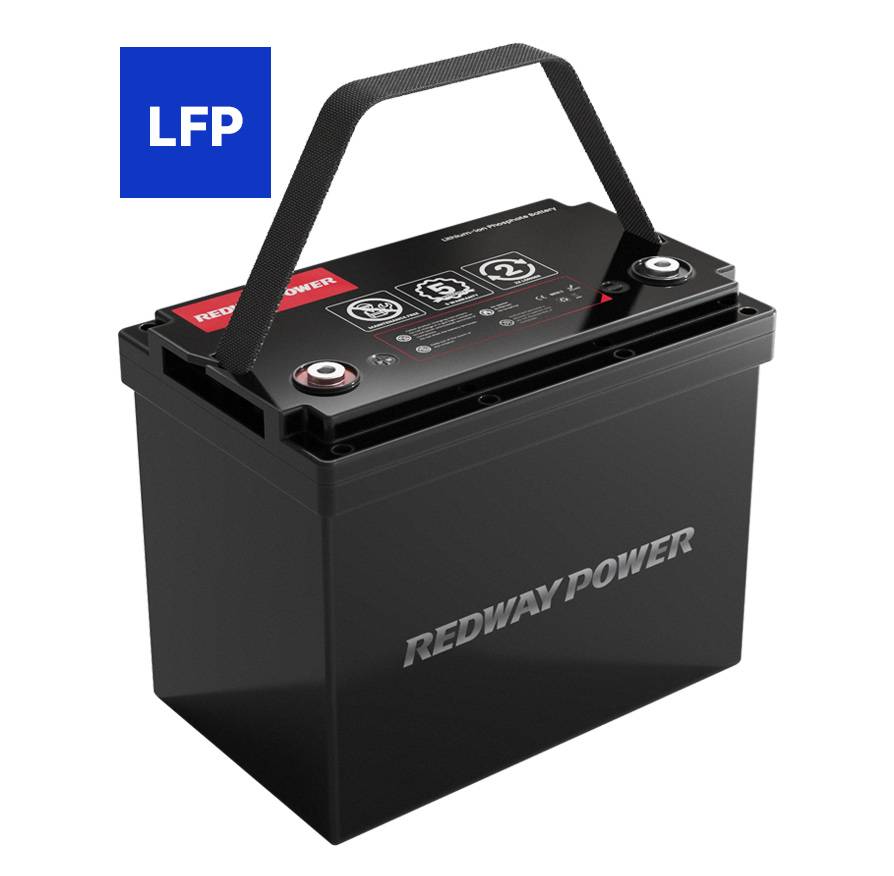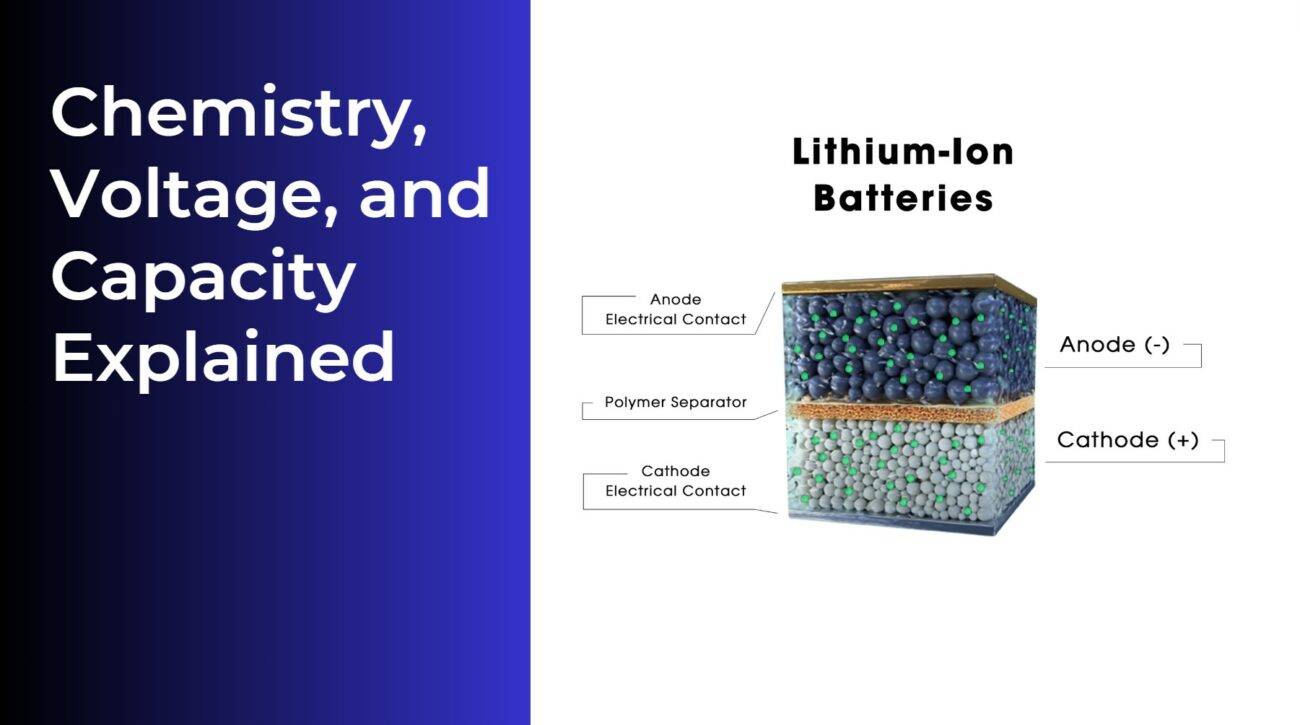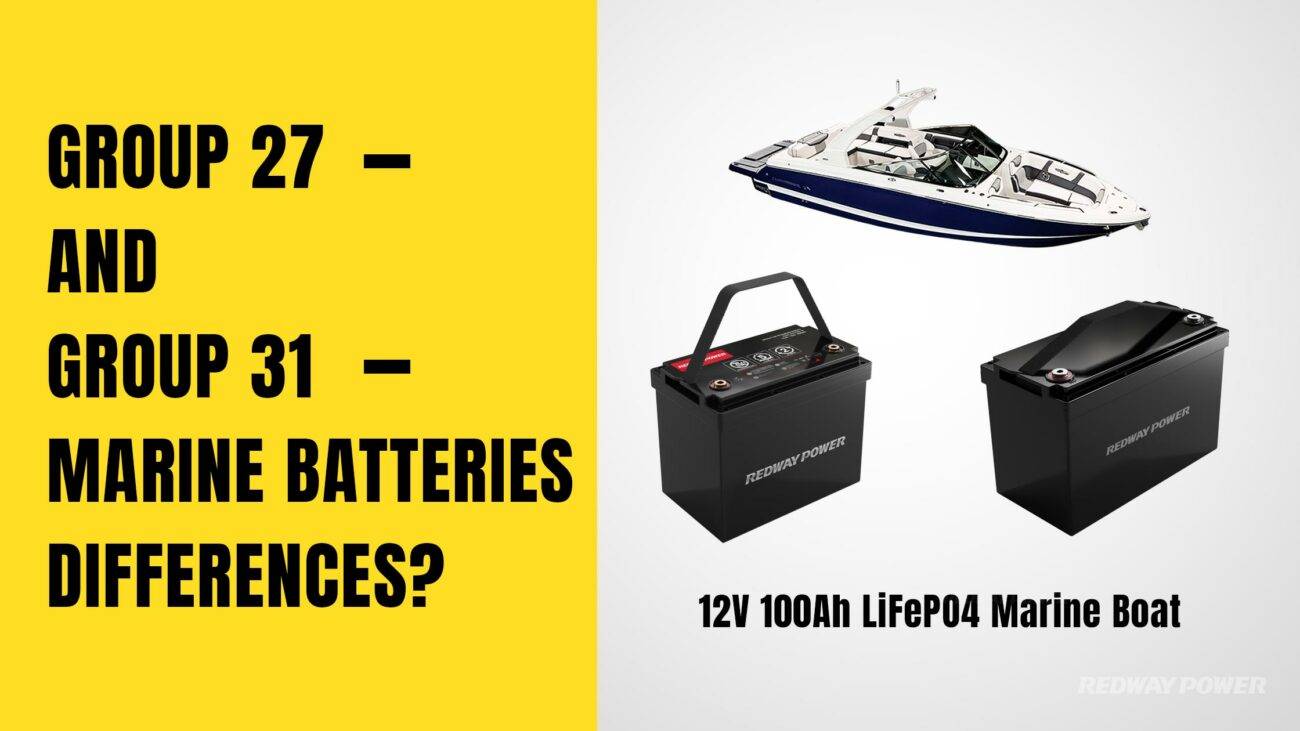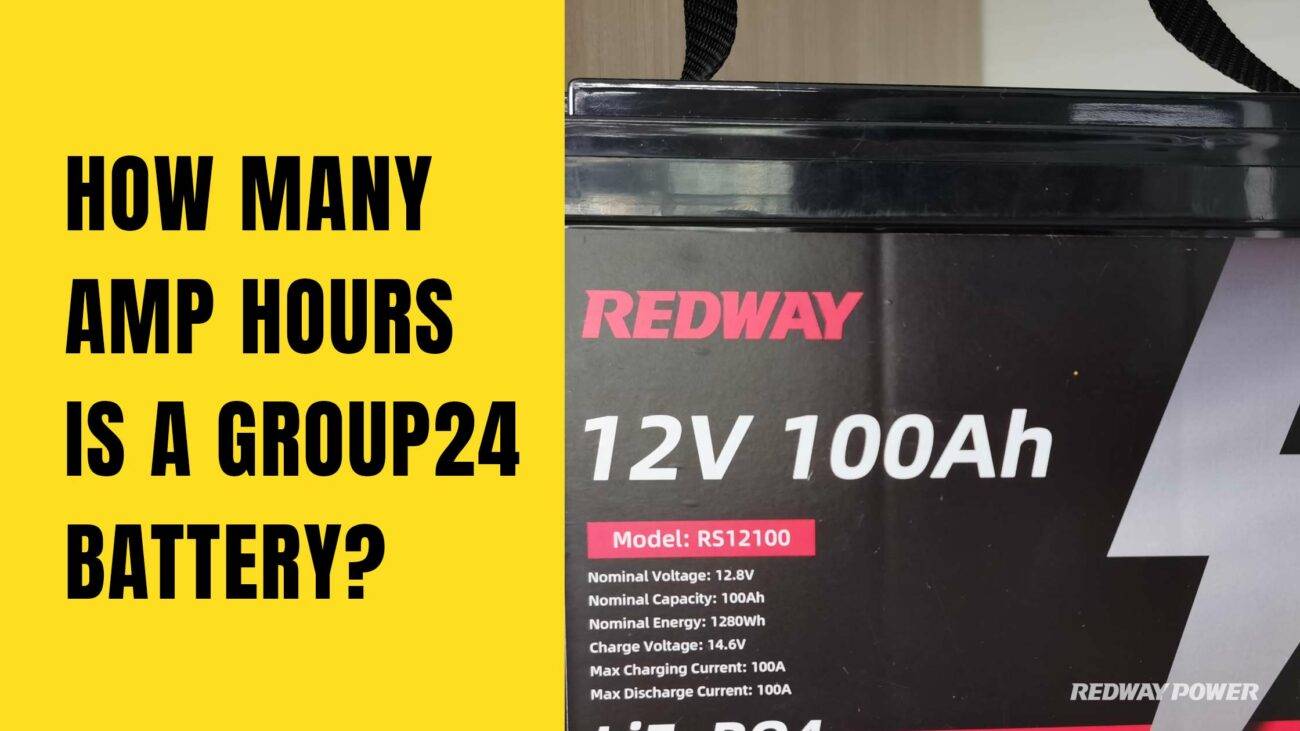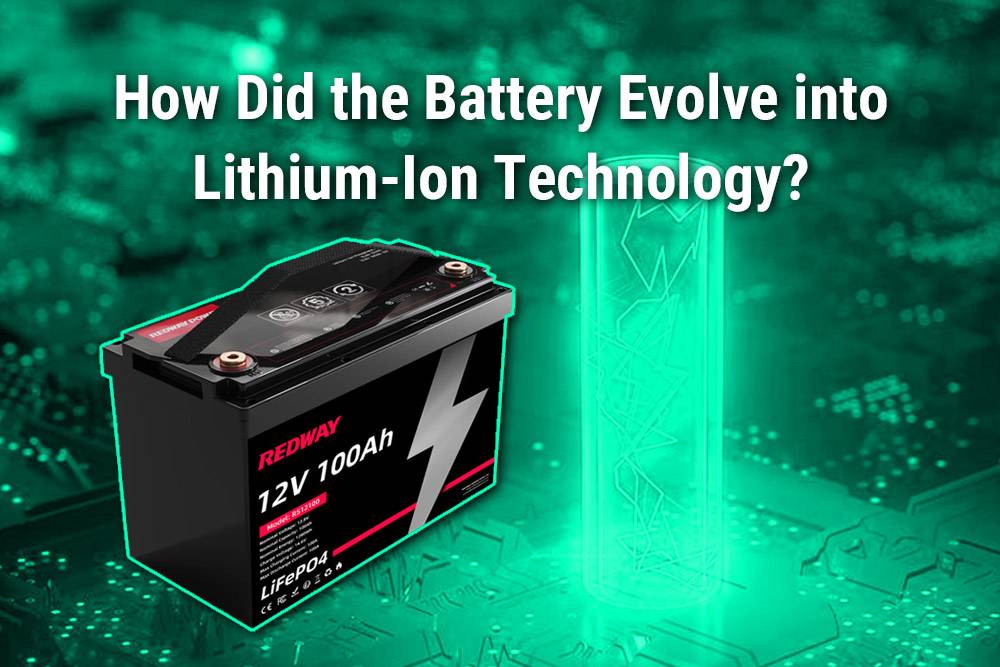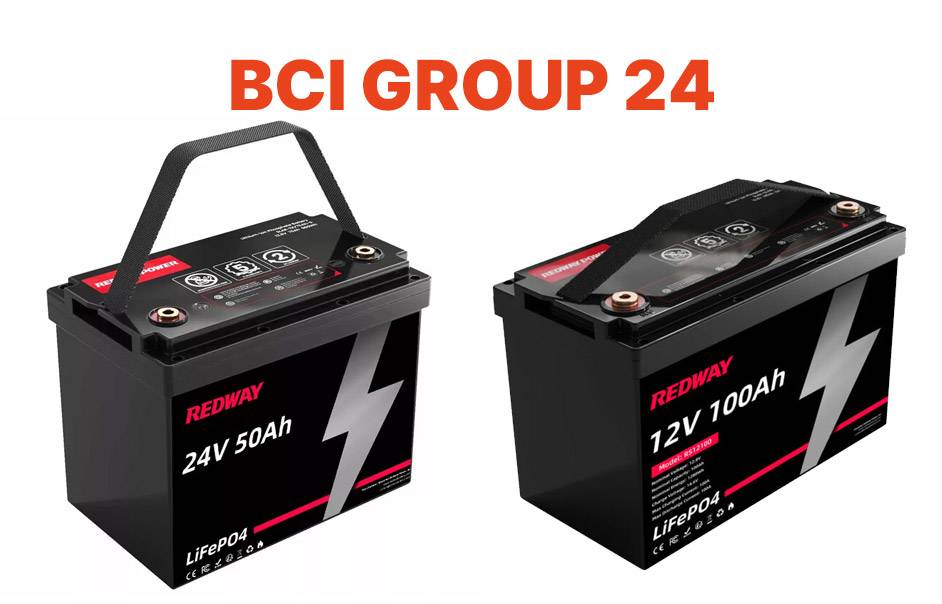- Forklift Lithium Battery
-
48V
- 48V 210Ah
- 48V 300Ah
- 48V 420Ah (949 x 349 x 569 mm)
- 48V 420Ah (950 x 421 x 450 mm)
- 48V 456Ah
- 48V 460Ah (830 x 630 x 590 mm)
- 48V 460Ah (950 x 421 x 450 mm)
- 48V 460Ah (800 x 630 x 600 mm)
- 48V 460Ah (820 x 660 x 470 mm)
- 48V 500Ah
- 48V 560Ah (810 x 630 x 600 mm)
- 48V 560Ah (950 x 592 x 450 mm)
- 48V 600Ah
- 48V 630Ah
-
48V
- Lithium Golf Cart Battery
- 12V Lithium Battery
12V 150Ah Lithium RV Battery
Bluetooth App | BCI Group 31
LiFePO4 Lithium
Discharge Temperature -20°C ~ 65°C
Fast Charger 14.6V 50A
Solar MPPT Charging - 24V Lithium Battery
- 36V Lithium Battery
- 48V Lithium Battery
-
48V LiFePO4 Battery
- 48V 50Ah
- 48V 50Ah (for Golf Carts)
- 48V 60Ah (8D)
- 48V 100Ah (8D)
- 48V 100Ah
- 48V 100Ah (Discharge 100A for Golf Carts)
- 48V 100Ah (Discharge 150A for Golf Carts)
- 48V 100Ah (Discharge 200A for Golf Carts)
- 48V 150Ah (for Golf Carts)
- 48V 160Ah (Discharge 100A for Golf Carts)
- 48V 160Ah (Discharge 160A for Golf Carts)
-
48V LiFePO4 Battery
- 60V Lithium Battery
-
60V LiFePO4 Battery
- 60V 20Ah
- 60V 30Ah
- 60V 50Ah
- 60V 50Ah (Small Size / Side Terminal)
- 60V 100Ah (for Electric Motocycle, Electric Scooter, LSV, AGV)
- 60V 100Ah (for Forklift, AGV, Electric Scooter, Sweeper)
- 60V 150Ah (E-Motocycle / E-Scooter / E-Tricycle / Tour LSV)
- 60V 200Ah (for Forklift, AGV, Electric Scooter, Sweeper)
-
60V LiFePO4 Battery
- 72V~96V Lithium Battery
- Rack-mounted Lithium Battery
- E-Bike Battery
- All-in-One Home-ESS
- Wall-mount Battery ESS
-
Home-ESS Lithium Battery PowerWall
- 24V 100Ah 2.4kWh PW24100-S PowerWall
- 48V 50Ah 2.4kWh PW4850-S PowerWall
- 48V 50Ah 2.56kWh PW5150-S PowerWall
- 48V 100Ah 5.12kWh PW51100-F PowerWall (IP65)
- 48V 100Ah 5.12kWh PW51100-S PowerWall
- 48V 100Ah 5.12kWh PW51100-H PowerWall
- 48V 200Ah 10kWh PW51200-H PowerWall
- 48V 300Ah 15kWh PW51300-H PowerWall
PowerWall 51.2V 100Ah LiFePO4 Lithium Battery
Highly popular in Asia and Eastern Europe.
CE Certification | Home-ESS -
Home-ESS Lithium Battery PowerWall
- Portable Power Stations
Group 24 vs Group 27 marine battery, what are the differences?

When selecting a marine battery, understanding the distinctions between Group 24 and Group 27 batteries is crucial for ensuring optimal performance on the water. Group 24 batteries are generally smaller and lighter, while Group 27 batteries offer greater capacity and power. This article will delve into the specifics of each battery type, their applications, and how to choose the right one for your needs.
Today, we’ll dive deep into the world of marine batteries and explore the differences between two popular options: Group 24 and Group 27 marine batteries. So buckle up (or should we say, life vest on?) as we navigate through this electrifying topic!
Performance Differences Between the Group 24 and Group 27 Batteries
Group 24 vs Group 34 batteries
What is the difference between Group 24 and Group 34 batteries?
Factors to Consider When Choosing a Marine Battery
When choosing a marine battery, consider factors such as weight, output ratings (marine cranking amp, reserve capacity, cold cranking amp), battery technology (flooded, gel, AGM, lithium-ion), and warranty. These factors ensure optimal performance and suitability for marine applications.
- Power Requirements:
- Assess needs: Determine the power required based on boat size and electrical devices onboard.
- Battery Technology:
- Explore options: Consider flooded lead-acid, AGM, or lithium-ion batteries.
- Evaluate pros and cons: Examine performance, maintenance, and cost factors for each type.
- Lifespan:
- Consider durability: Choose a battery with a lifespan that accommodates frequent charging cycles without capacity loss.
- Size and Weight:
- Evaluate space: Consider boat placement and potential size or weight restrictions.
- Maintain stability: Ensure the chosen battery aligns with boat stability requirements.
- Budget Constraints:
- Think long-term: While budget is a concern, prioritize quality for better performance and durability over time.
The right marine battery selection involves a balance of power needs, technology considerations, lifespan expectations, size, weight, and budget considerations. Careful evaluation of these factors ensures a well-informed decision for optimal performance on the water.
How To Choose the Right Marine Battery for Your Boat | Interstate Batteries
Maintenance and Care for Marine Batteries
Proper maintenance and care for marine batteries involve ensuring clean and secure connections, preventing short circuits with battery box lids, checking electrolyte levels for flooded-cell batteries, and regular charging to keep the battery fully charged. These maintenance practices help maximize the performance and lifespan of marine batteries.
Proper maintenance is crucial for maximizing the lifespan and performance of your marine battery. Follow these key tips to ensure your marine battery stays in top condition for a long-lasting and reliable boating experience.
Maintenance Tips:
- Regular Inspections:
- Inspect regularly: Check for corrosion, leaks, or damage.
- Clean terminals: Use a mixture of baking soda and water if needed.
- Charging:
- Follow instructions: Adhere to the manufacturer’s charging guidelines.
- Avoid extremes: Overcharging or undercharging can shorten battery life.
- Storage:
- Remove during inactivity: Store in a cool, dry place away from direct sunlight.
- Prevent discharge: If not in use, keep the battery charged.
- Avoid Deep Discharge:
- Preserve capacity: Refrain from fully discharging regularly.
- Prompt recharging: Recharge promptly after use.
- Proper Ventilation:
- Ensure airflow: Maintain adequate ventilation to prevent heat buildup.
- Safe charging: Reduce the risk of overheating during charging.
- Safety Precautions:
- Protective gear: Always wear gloves and eyewear when handling batteries.
- Handle with care: Due to corrosive substances like sulfuric acid.
Choosing the Right Battery:
- Consider factors: Evaluate power needs, space, weight, and budget.
- Starting power vs. deep cycle: Choose between Group 24 or Group 27 batteries based on your specific requirements.
Selecting the right marine battery and following these maintenance steps ensures an extended battery life and a worry-free boating experience. Equip yourself with knowledge about different batteries to make informed decisions for uninterrupted adventures on the water.
New Insights
Here are the latest news articles discussing the comparison between Group 24 and Group 27 marine batteries:
- Redway highlights that Group 27 batteries offer several advantages, such as higher reserve capacity and cold-cranking amps (CCA), making them suitable for heavy-duty vehicles and those requiring more power for extended periods. However, they also mention the potential drawbacks, such as increased size and weight, which can be cumbersome during installation or maintenance.
- Battery Hacker compares the RC rating, dimensions, CCA rating, terminal orientation, and power of Group 24 and Group 27 batteries105. They note that Group 27 batteries generally have a higher RC rating and CCA, larger dimensions, and more power, which can be beneficial for marine applications but also come with increased size and cost.
- Battery Skills provides a detailed comparison of Group 24 and Group 27 deep cycle batteries106, discussing their dimensions, capacity, terminal positions, advantages, and disadvantages. They emphasize that Group 27 batteries, with their larger size and higher amp-hour rating, can store more energy and provide longer run times, making them a good option for those needing higher capacity, despite the potential for increased weight and cost.
These articles provide insights into the considerations that should be made when choosing between Group 24 and Group 27 marine batteries, focusing on factors such as capacity, power output, size, and cost.
“Group 24 and Group 27 marine batteries serve distinct needs in the boating community. While Group 27 offers superior power with higher reserve capacities and cold-cranking amps, suitable for demanding marine applications, Group 24 provides a more compact and often cost-effective solution. The choice between the two hinges on the specific power requirements, space availability, and budget considerations of the marine vehicle owner.” — Mr. Raza, Lithium Battery Expert from Redway Power














